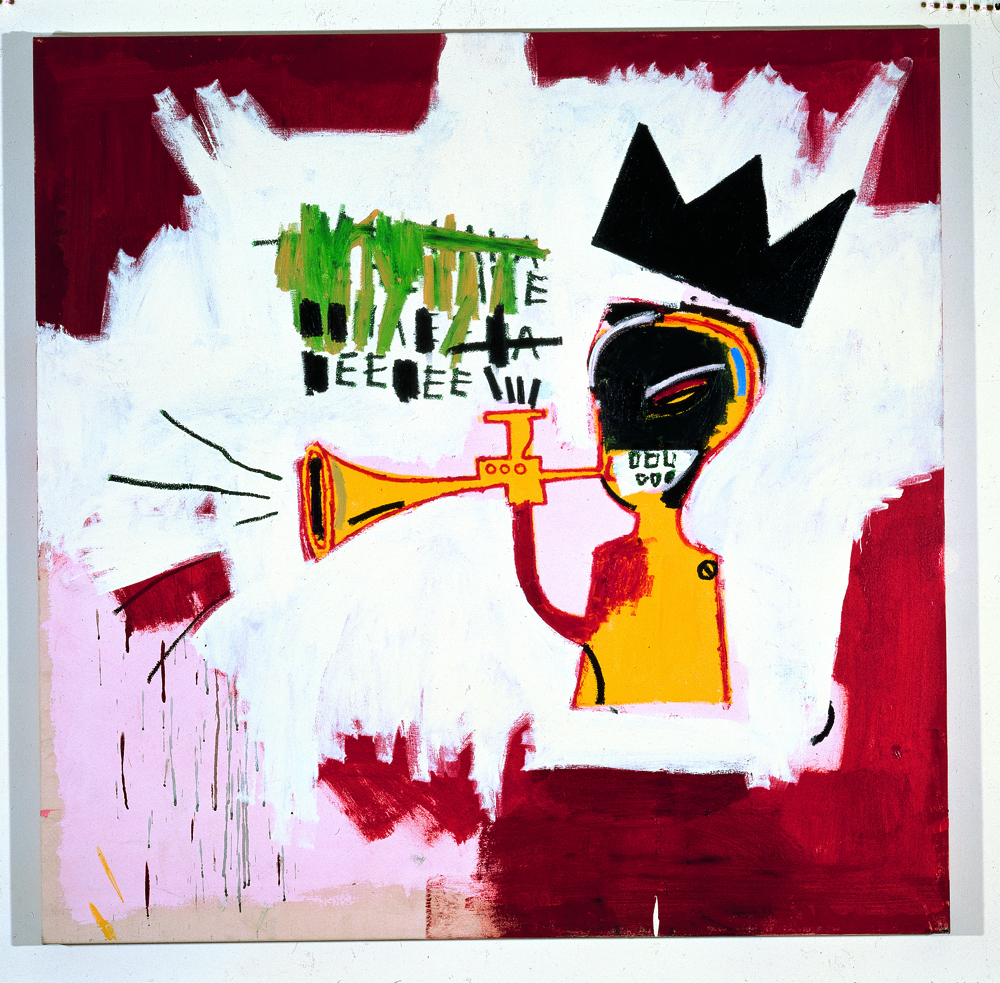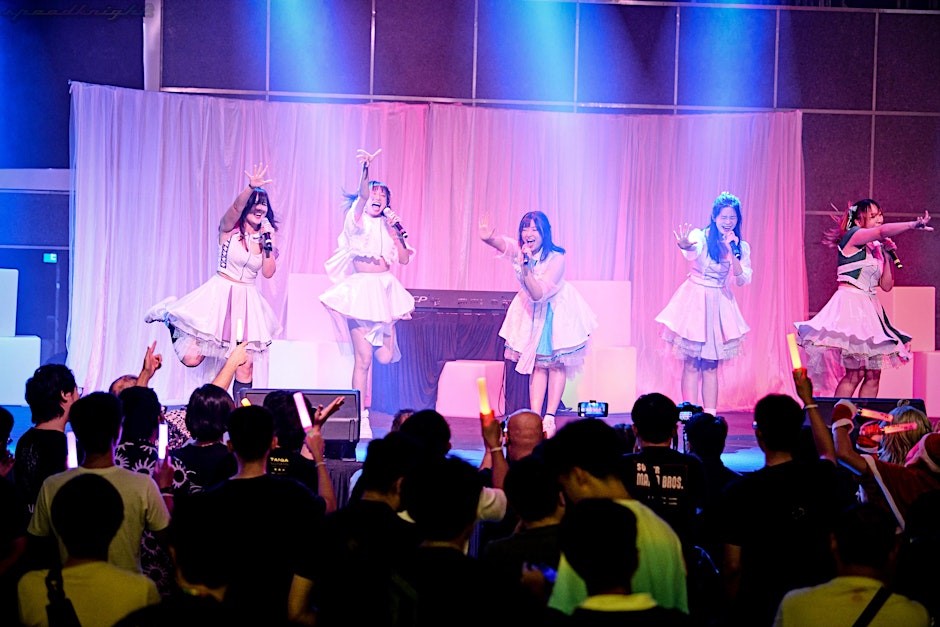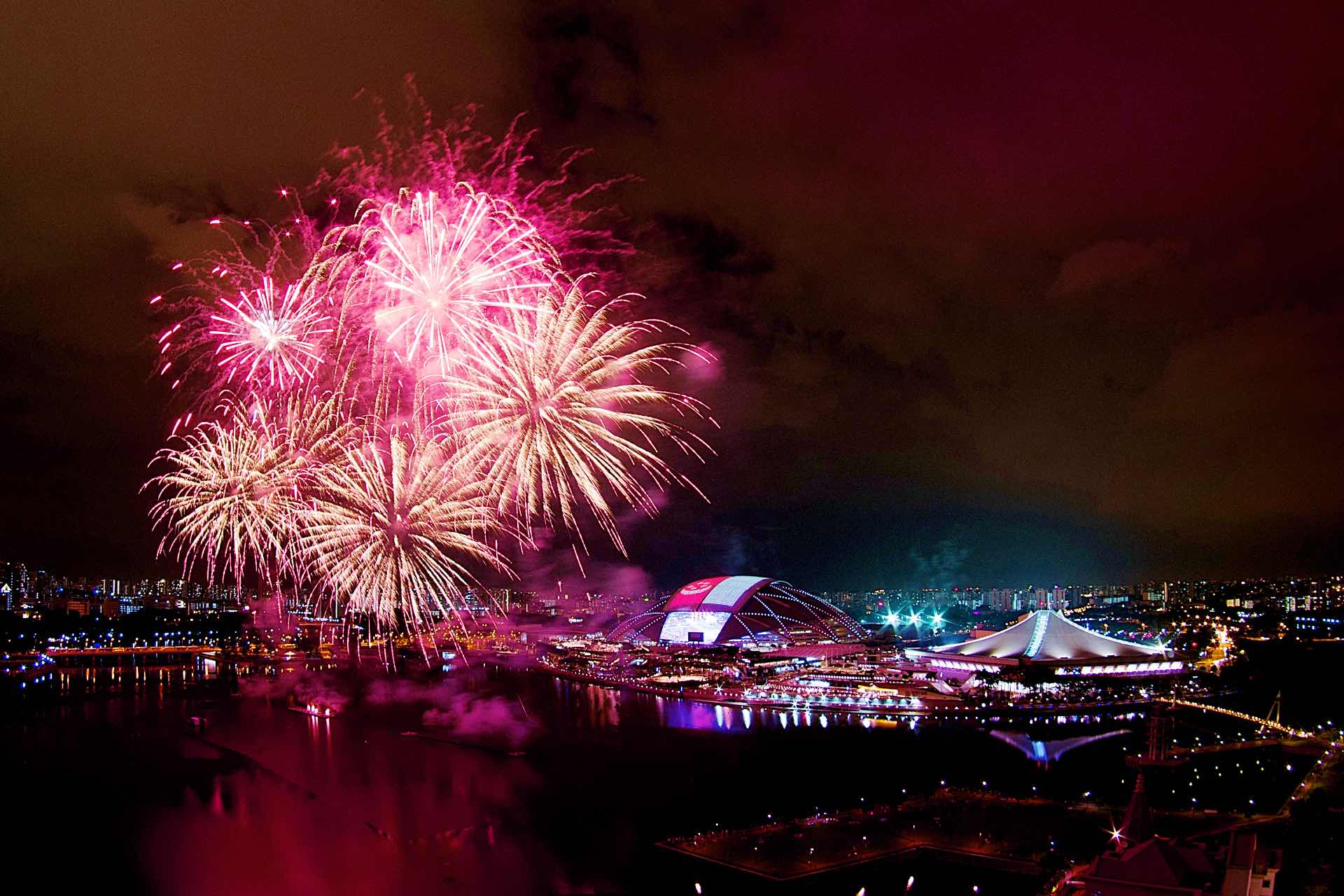We caught up with filmmaker K. Rajagopal, the man behind Singapore International Festival of Arts (SIFA) 2017’s closing film, Lizard On The Wall, to find out what’s it like putting an hour-long feature film together with only about a month’s time to work with from shoot to finish.
You must be really busy putting together Lizard On The Wall, the hour-long feature film that was only shot over one weekend in July this year. How’s that turnaround like?
The turnaround has been very invigorating as the editor and I had to reinvent our thought processes many times over to tell the story in the most exciting and meaningful way. There was this new element of the audience participation scenes, generated from The O.P.E.N. As that is a new approach to filmmaking, involving the audience in so many different scenes in the film, we had to think though our editing process. The challenge to include the participatory scenes along with the scenes with just the actors was something we had to work through.
How does this novel way of filmmaking interfere or alter the traditional way a film is put together?
In the traditional way there is definitely a lot more control and we know what to expect right from the beginning. In this new process, we had to factor in the unexpected as we did not know how the audience were going to react to it. They were not rehearsed prior to the filming and they had to be prepared for the filming in the shortest amount of time given when they arrive on set. There was more than one batch of audience arriving at different times. Most of them were very sportive and enthusiastic, so that helped a lot in putting it together better.
I hear audiences from The O.P.E.N. will show up as wedding guests in the film. Tell us more about that engagement process.
Well the audience in this process are also considered to be the actors in the film or the stars of the show. They will be treated to a gala premiere with a red carpet welcome along with the star cast. They will be treated as luminaries. They are supposed to wear the same costumes which they wore to the filming as well—all dressed up and glamorous for the enchanting night at the movies.
What kind of reaction are you hoping from viewers who partook in the filming during the screening?
I hope they will be happy and excited to see themselves on the big screen dancing and emoting to the many scenes they were part of.
This must be your biggest undertaking since A Yellow Bird. Has public expectations of your films changed the way you do films since then?
Perhaps there is a different expectation but I think I will be able to meet them as long I am honest in the way I approach my films, as always.
Balli Kaur Jaswal’s book, Inheritance, is the inspiration behind the making of this film. How close to the source material should we expect?
It is inspired by the book, the main characters and some of the happenings that take place in the story, but it varies in terms of other supporting characters and situations which I created for the film. Most importantly, the film is based on a three-day wedding ceremony which is the focal point of the film but not the book. I took this option of filming the wedding of the protagonist Amrit due to the theme of the festival, which is enchantment, and also to use the ceremony to create more audience participation especially in the song and dance, an integral part of a Punjabi wedding.
A Punjabi wedding set must be a lot of fun and excitement to shoot. Was it difficult getting everything in place on set?
You bet! It was very difficult because we needed a huge space to hold not only the wedding but to cater to all the people attending the filming. Crew, cast and audience included. That made it even harder as we needed to decorate a huge colonial bungalow and even set wedding tents and light up the whole place to give it an appropriate ambience along with the grand wedding outfits and visual aesthetics the film demanded, thanks to producer Fran Borgia, production designer James Page, cinematographer Hideho Urata and costume designer Meredith Lee who helped create the look and feel of the film.
The final film will premiere at a red carpet gala in conjunction with SIFA 2017’s closing. Any added pressure with that tie-in?
Not at all! I think it is great to be part of an event like this. It is an honour to have the film close such an important festival. We are looking forward to all the fun at the gala premiere of the film.
How was it like working with Festival Director Ong Keng Sen and the team at SIFA?
I have known Keng Sen for a very long time. In fact, he has directed me as an actor in many plays prior to this and 20 years ago he also commissioned me to make a film to be part of his arts festival presentation Workhorse Afloat. He is definitely a major influence in my life as he taught me how to work with actors and tell stories that would effectively reach out to the audiences while practising theatre. Everyone in the SIFA team has been very supportive and encouraging. The whole filming process went very smoothly. It was a pleasure to work with all of them.
If you could describe Lizard On The Wall using only three adjectives, what will they be?
Mysterious, magical, matrimonial and musical. Oops, those are four words.
Lizard On The Wall premieres Sep 9, 11:55pm at The Projector. Find out more about the show event and purchase tickets here.





